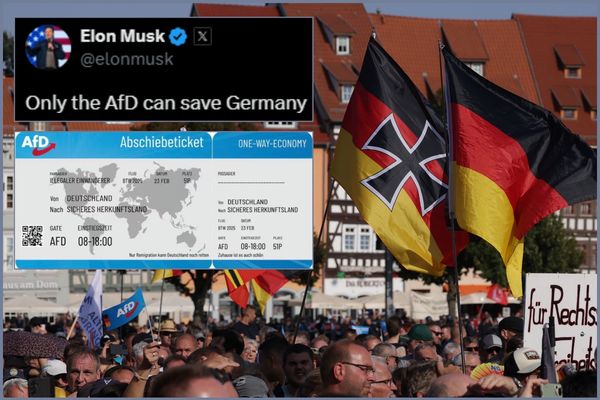This has not been a good year for many stocks, but the bulls are particularly taken aback by the performance in Target (TGT).
At its post-earnings high in mid-April, the stock was down less than 1% from its all-time high in November. That didn’t last long.
While companies like Procter & Gamble (PG) have been able to dodge the inflationary bullet so far, Target has not.
The Minneapolis retailer's shares have gone on to a peak-to-trough decline of 49% as inflation hit consumers' spending and weighed on the corporate bottom line. The end result? An increase in inventories and a big pinch in margins.
Target still has a response to Amazon’s (AMZN) Prime Day.
The bad news is analysts expect earnings to fall by more than a third this year even as revenue grows about 4%.
The good news is Target stock pays a 3% dividend yield after the retailer gave the payout a 20% boost at its previous earnings report. That’s a vote of confidence from management and made it Target’s 51st consecutive year with an annual increase.
Second, analysts expect a 42% rebound in earnings next year. If it comes to fruition — and “if” is indeed the question — it leaves Target trading at about 12 times earnings.
Lastly, a 49% skid is very poor relative performance, but for new buyers, it offers quite the discount on what has historically been a great retailer.
Trading Target Stock

Chart courtesy of TrendSpider.com
Given the fundamental outline above, owning Target stock near current levels doesn’t seem like the worst long-term bet an investor could make.
From a technical perspective though, this stock is very clearly in a downtrend. On the plus side, it can be navigated.
For the moment, the shares are holding up above the 10-day, 21-day and 50-month moving averages. If they can continue to do so, they keep last week’s high in play near $150.
If Target stock were to clear the $150 level, it could put the June high in play near $163, followed by the post-earnings high at $168. Currently, the declining 50-day moving average also comes into play near that mark.
Anything above $168 begins to fill the gap, which goes all the way up to $209.13.
On the downside, a break below $145 would put Target stock below all those key levels above -- the 10-day, 21-day and 50-month moving averages.
That opens the door back down to the $138 to $140 area, which has been support thus far amid the pullback. Notably, Target stock finally filled the gap from August 2020.
If the shares trade back below the 2022 low at $137.16, they increase the chances that they'll test into the $128 to $130 zone, which was a breakout level in 2020 and marks the 78.6% retracement from the March 2020 low to the all-time high.







